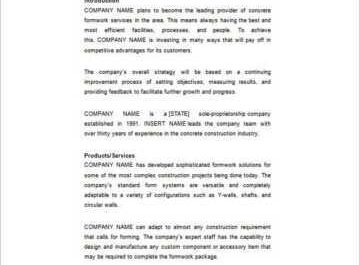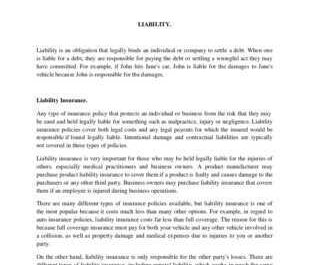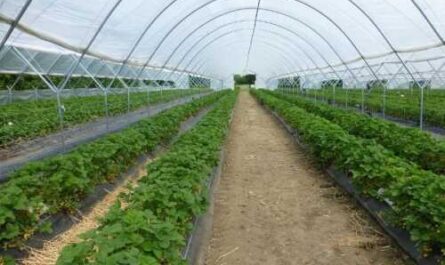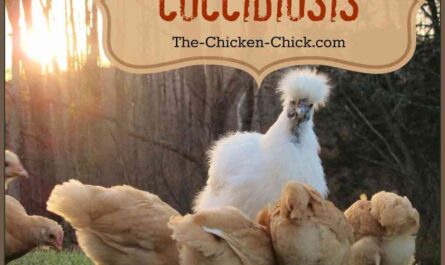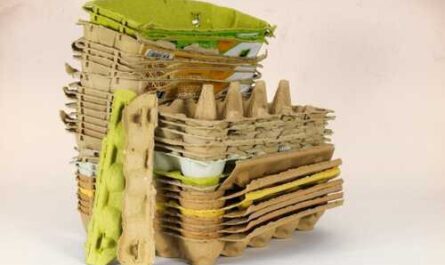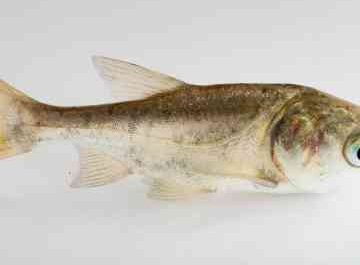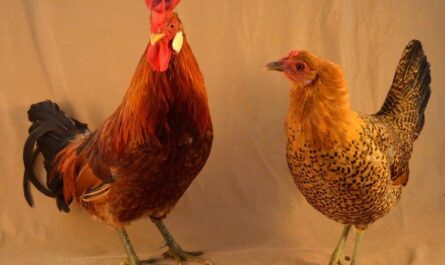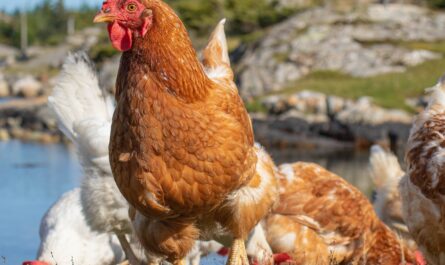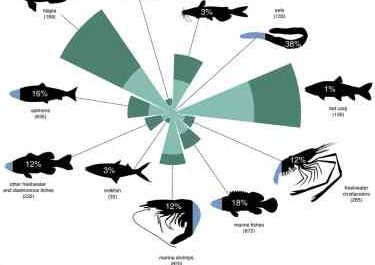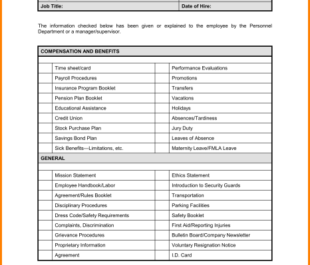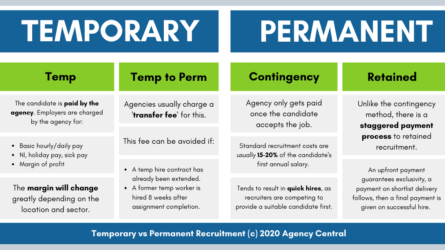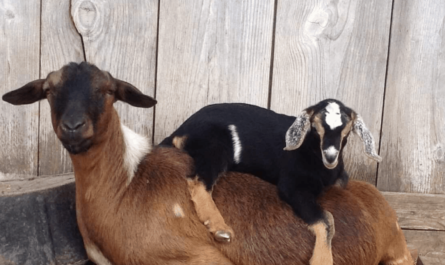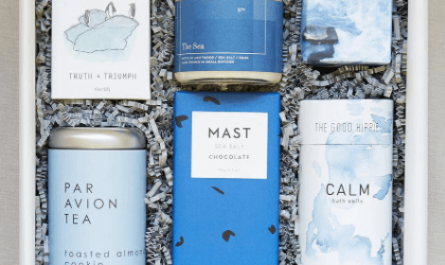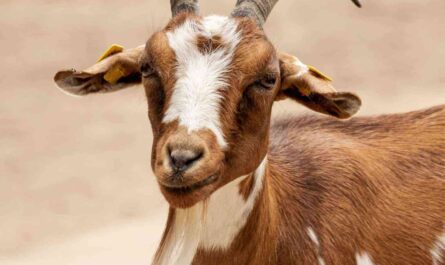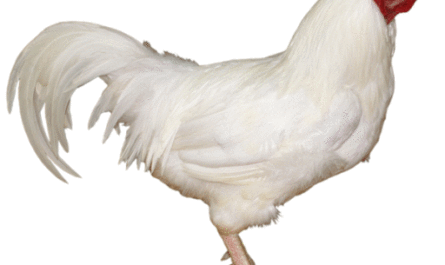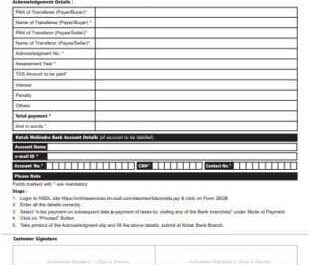The Dorking chicken is one of the oldest poultry. It is a great dual-purpose breed and the origin of the Dorking Chicken remains a mystery. It is believed that this breed of chicken originated in Italy during the Roman Empire.
They were well distributed in America before 1870 and were included in the American Poultry Association’s Standard of Excellence in 1874.
The Dorking chicken breed was considered a fast growing breed with good conformation in the 19th century. But it is currently being criticized for being slow growing compared to today’s fast growing chicken breeds.
Admittedly, current growth expectations are now skewed in favor of broiler farmers. However, the Dorking chicken still has a good meat structure and is well adapted to the conditions of detention. Many modern poultry breeds are descended from Dorking chickens.
To obtain table birds, Dorking roosters were used for crossbreeding on Indian chickens. They were also used to create some of the new modern breeds such as the Buff Orpington and the Spotted Sussex Chicken.
They were introduced to Britain (they appeared at the very first British Poultry Show in 1845) where much of its development took place.
Dorking Chicken has always been prized for its white meat and flavor. Below are the characteristics, behavior and complete profile of the Dorking Chicken Breed.
Characteristics of Chicken Dorking
The Dorking Chicken is a large, dual-purpose bird. They are well known for their versatility as good breeds for meat and egg production.
But mostly, they are popular for meat purposes. They have short five-toed legs and a rectangular body.
They have a comb and are one of the few chicken breeds to have red earlobes. Dorking chickens lay large eggs with white shells. They can tolerate and perform well in almost any climate.
This breed of chickens has white skin under the feathers. There are five recognized color varieties of the Dorking Chicken. Color options: cuckoo, dark, red, silver gray and white.
On average, an adult Dorking rooster weighs about 3.60-6.35 kg, and a chicken – about 3.60-4.55 kg.
Behaviour/Temperament
Dorking chickens are raised for both meat and eggs and make good show birds. They are calm and hardy birds. They are large birds that collect food, are very active and need a lot of space. If they don’t have enough space, they can get clogged.
Dorking hens tend to lay their eggs early in the year. They lay eggs with white shells and good sized eggs. This breed of chicken takes a long time to mature.
Dorking usually matures within two years. Their average life expectancy is seven years. The Dorking is a docile bird and can become very moody. Hens are wonderful mothers. See the complete Dorking Chicken Breed Profile below.
| Breed name | Dorking |
| another name | everything |
| Purpose of the breed | dual purpose |
| Broad temperament | Friendly, obedient, easy to handle |
| Breed size | Big game |
| sullen instinct | frequent |
| comb | A |
| climatic tolerance | All climates |
| egg color | White |
| Egg size | big |
| Egg performance | medium |
| feathered feet | Not |
| scarcity | Rare (often seen silver-grey variety) |
| Varieties | Cuckoo, Dark, Red, Silver gray and white |
Good
- Beautiful
- thoughtful
- obedient
- Easy to handle
- Robust
- very friendly
- good personality
- Great Gatherers
- Soft
- Hens are good mothers
- lay large eggs
- Very good meat quality
Wrong
- Difficult to find quality breeders (quite rare)
- It takes a long time to mature
- Not a good diaper
Is Chicken Dorking right for you?
Yes, Dorking Chicken will suit you if you…….
video
- I want to raise beautiful chickens.
- Look for friendly chickens that are very easy to handle.
- Ready to save some traditional breeds of chickens.
- You want to keep chickens for meat production, not eggs.
- You want to produce large white eggs.
- Look for breeds of chicks that hatch and hens make good mothers.
- Favor white-skinned chickens and look for excellent quality meat.
- Look for chicken breeds that are excellent foragers.
- I want to breed very hardy and active birds.


